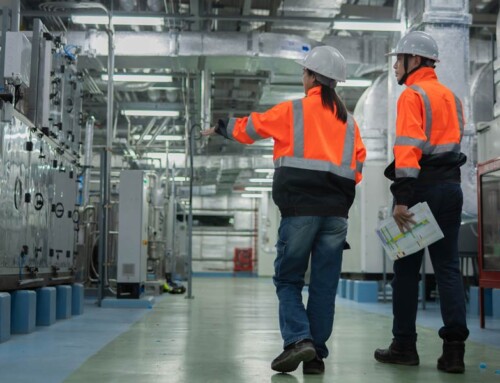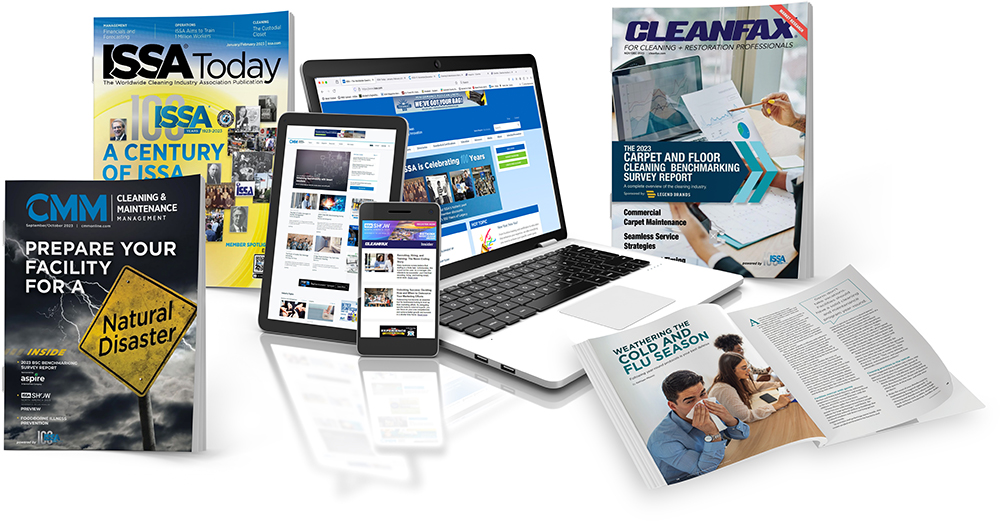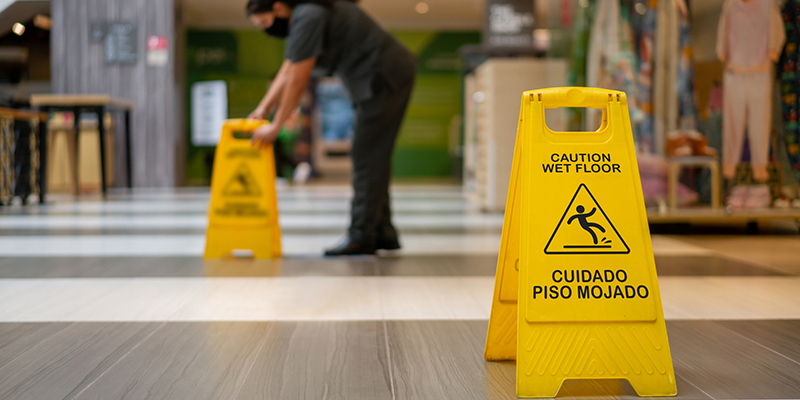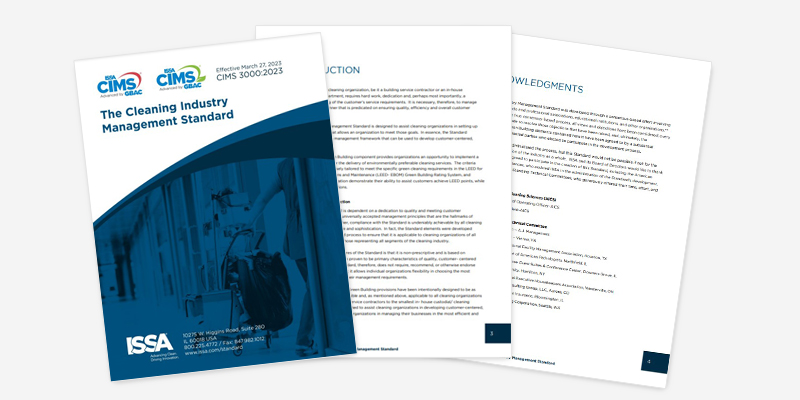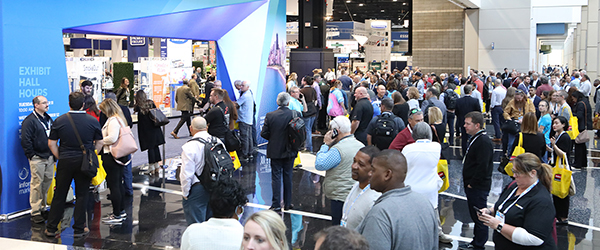Defining Cleaning for Health Through Metrics

While cleaning for health (CFH) is critical to protect the well-being of facility users or residents, service providers often struggle to define its purpose and explain how it reduces exposure to specific unhealthy indoor elements.
Building service contractors (BSCs) and in-house facility service providers (ISPs) who can define what a CFH program means to their customers and stakeholders create a powerful, value-added benefit that can improve the bottom line of their business or organization. Cleaning professionals can start this process through the application of verifiable metrics to measure the cleanliness of a surface or facility.
Primary metrics, or indexes, that meet the requirements of many CFH programs include bioload exposure indexes, indoor air quality (IAQ) indexes, and localized exposure indexes.
Developing the BEMI
The bioload exposure metric index (BEMI) is under development by the Indoor Exposure Index (INDEX), a nonprofit organization creating and applying indoor exposure indexes to safeguard human health and safety.
BEMI focuses on reducing potential bioload-soil exposure from surfaces, determined through adenosine triphosphate (ATP) sampling and averaging. Rather than dealing with numerous ATP readings, the BEMI provides a single, at-a-glance metric that reflects the average hygienic condition and cleaning levels. ATP-related bioload levels act as an inclusive proxy for various contaminants, such as organic, microbial, particulate, and chemical soils found within bioload films.
The BEMI number is crucial as it encompasses key pollutants, including pathogens. The BEMI concept will be supported by thousands of ATP measurements taken in the field, translated into a 1-10 bioload exposure metric index scale.
Knowledge of bioload exposure levels helps customers make informed cleaning decisions, particularly in healthcare facilities, schools, daycare centers, or other settings where vulnerable populations are present. Measurement of exposures to surface pathogens, assessed through a bioload exposure index weighted for relevant pathogens, is a crucial component of this ongoing project. BEMI monitoring will complement exposure assessments through air sampling and other surveillance methods.
To arrive at BEMI, take multiple surface samples measuring ATP levels in specific areas and record the findings in each area. Average ATP levels enable the BEMI one to 10 scale, where lower numbers indicate lower ATP concentrations and, thus, cleaner surfaces with less potential for microbial contamination and related exposures.
Since ATP is a proxy for bioload, its measurement is also a proxy for other types of soils. By detecting ATP, one can infer the cleanliness level and the presence of other soils on surfaces, providing a reliable indicator of overall cleanliness regarding both nonmicrobial and microbial soils.
The averaged ATP levels determine a representative bioload level for each surface and area, called the localized verified exposure (LOVE) index. The BEMI LOVE index number is specific to sampled areas and may potentially impact people residing in those areas. ATP measurement standardized to a BEMI LOVE number serves as a valuable tool in maintaining high cleanliness standards in specific areas and is a neutral metric that can be used by anyone to help determine health impacts.
Implementing the IAQ-EI
An indoor air quality exposure index (IAQ-EI) measures and categorizes levels of indoor air pollutants in real time, providing an easy-to-understand metric that highlights airborne contaminants. Air quality is crucial as we inhale approximately 2,000 gallons of air each day, according to the American Lung Association, which is significantly more than the combined amount of water and food we consume in a day.
The IAQ-EI is enhanced by advancements in air quality monitors, including wall-mounted units that detect particles as small as 0.1 microns. These particles include bacteria, mold, and pollen and are associated with viral loads that transmit infectious diseases. Advanced air quality monitors can also be equipped with modules that increase sensitivity to specific contaminants, forming an effective IAQ Index.
By collecting real-time data and integrating it with building systems, an IAQ-EI can help manage airflow, ventilation, and air purification systems, thereby reducing the spread of infectious illnesses and other harmful exposures. Facilities professionals can use this information to create safer environments for workers and building occupants.
Moreover, the IAQ-EI complements the U.S. Environmental Protection Agency’s (EPA) outdoor air quality index (AQI). While the AQI measures outdoor air quality, the IAQ-EI focuses on indoor spaces, offering a comprehensive approach to monitoring and managing air quality in all environments.
Follow these steps to determine IAQ-EI:
- Set up air monitoring using localized, wall-mounted devices that sample in real time to analyze air quality and detect pollutants.
- Integrate these monitors with building systems and purification units connected through Wi-Fi.
- Ask manufacturers of integrated air monitoring and purification systems to provide weighted metrics for pollutants such as volatile organic compounds (VOCs), particles, and airborne pathogens to help you understand distribution patterns and prevent viral infections.
Selling a better bottom line
CFH customers hire cleaning companies based on their specialties. As a service provider, ask yourself what these indexes or metrics are worth to your customers.
For instance, since medical facilities should be the ultimate customer for a CFH program, it’s important to note the two main cleaning-related needs within healthcare:
- Cleaning and disinfecting surfaces
- Protecting air quality
Studies have shown that better cleaning results in reductions in healthcare-associated infections (HAIs) and improvements to hospitals’ bottom lines. A 2014-2017 study in 11 hospitals, titled REACH: Researching Effective Approaches to Cleaning in Hospitals, stressed the importance of a bundled system for cleaning that includes effective product use, proper touch-point cleaning, clear communication, and comprehensive training. These measures produced a net savings of approximately US$630,000 through reduced HAIs.
Calculating risk
Cleaning for health is about reducing risk. Risk management in cleaning and other industries follows a simple formula: risk = hazard x exposure + vulnerability.
It’s difficult to quantify cleaning-related risk for the general population since individuals vary widely in their reaction to exposures. While we can generally identify vulnerable populations, such as children and the elderly, the spectrum of vulnerability is vast, making the definition of risk a personal matter.
Implementing the neutral exposure indexes described here is the best solution for detecting potential hazards. These metrics help create a comprehensive framework for assessing and promoting overall health in CFH-maintained environments. Measured CFH programs can lead to healthier, cleaner, more productive, and profitable spaces—and, most importantly, healthier workers and customers.
Allen P. Rathey, director of the Indoor Health CouncilTM (IHC) and founder/executive director of the 501(c)(3) [pending] Indoor Exposure IndexTM (INDEX), is an educator specializing in healthy facilities. He has assembled an advisory group of scientists, PhDs, and facility and public health experts who share his passion for helping people everywhere create and maintain safe and healthy indoor environments.
Malcolm Smith is the field training lead for the Indoor Health Council. He is founder and CEO of Victory Lab Micro-Clean (VLMC), a Texas-based building services firm providing hygiene solutions for environments where health is more important than aesthetics.


